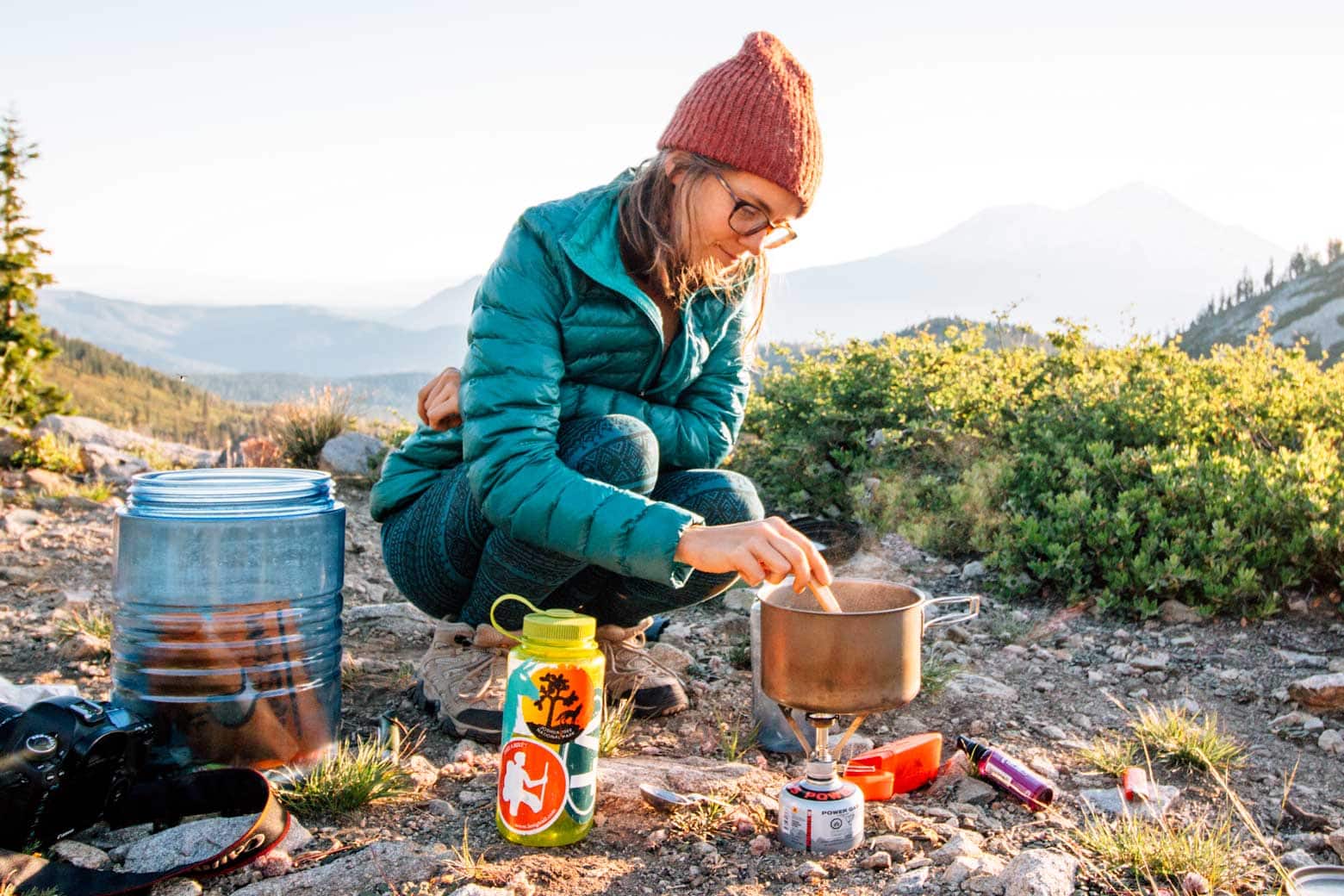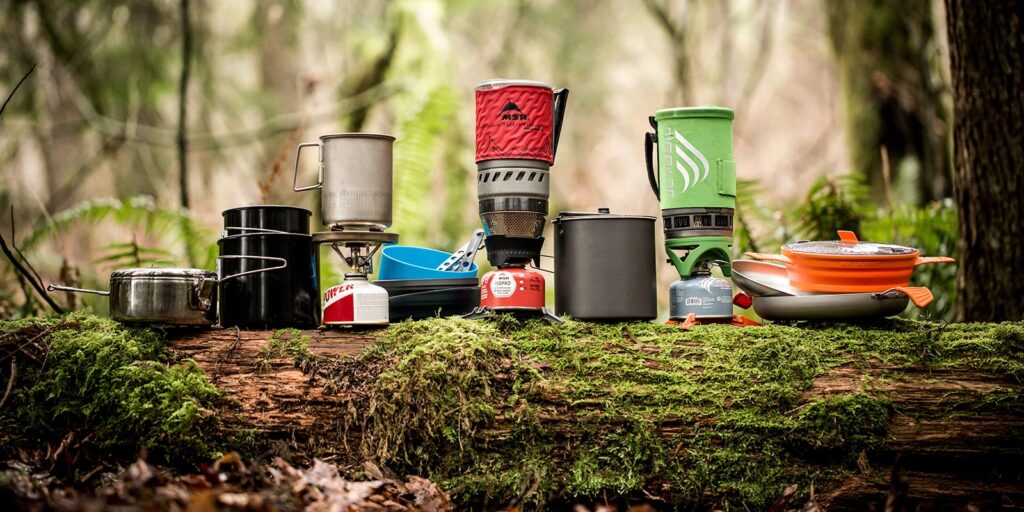Uncategorized
How to Select the Best Camping Stove for Outdoor Cooking
When you’re heading into the great outdoors, having the right camping stove is essential for preparing delicious meals in nature. Whether you’re embarking on a weekend camping trip or an extended wilderness adventure, the best camping stove will depend on your cooking needs, group size, and the conditions you’ll face. This guide will help you choose the ideal camping stove for outdoor cooking based on various factors, ensuring your outdoor meals are as enjoyable as your adventure.
1. Understand the Different Types of Camping Stoves
The first step in selecting the best camping stove is understanding the different types available. Here are the most common types of camping stoves:
A. Canister Stoves
Canister stoves are some of the most popular and convenient options for camping. They are lightweight, compact, and easy to use, making them perfect for backpackers or solo campers. These stoves use pressurized gas canisters (usually containing butane, propane, or a blend of both) and offer fast cooking times.
- Best For: Solo campers or small groups.
- Pros: Compact, lightweight, easy to use.
- Cons: Limited cooking power, may not be ideal for larger groups or harsh weather.
B. Liquid Fuel Stoves
Liquid fuel stoves use fuel like white gas, kerosene, or unleaded gasoline. They are versatile and work well in colder temperatures, making them ideal for winter camping or expeditions in remote areas where canister fuel may be hard to find. Liquid fuel stoves typically provide more cooking power than canister stoves.
- Best For: Large groups, multi-day camping trips, or extreme weather.
- Pros: More fuel-efficient, works in extreme cold, longer burn times.
- Cons: Heavier and bulkier, requires maintenance, more complicated to use.
C. Multi-Fuel Stoves
As the name suggests, multi-fuel stoves can run on various types of fuel, such as gasoline, kerosene, propane, or butane. They offer great flexibility, especially for international travel or when you’re not sure what type of fuel will be available at your destination.
- Best For: Travelers or those who camp in remote areas with unpredictable fuel availability.
- Pros: Versatile, can be used with various fuels.
- Cons: Heavier, requires more maintenance, more expensive.
D. Wood-Burning Stoves
Wood-burning stoves are an eco-friendly and cost-effective option for campers who want to use natural resources for cooking. These stoves don’t require fuel canisters or liquid fuel, making them ideal for those looking to minimize packing weight. However, they do require a steady supply of wood, and their performance can vary depending on the weather conditions.
- Best For: Campers looking for a lightweight, eco-friendly stove.
- Pros: No need to carry fuel, lightweight, sustainable.
- Cons: Requires gathering wood, less predictable performance, not ideal for wet conditions.
E. Hybrid Stoves
Hybrid stoves are a combination of different fuel types, usually incorporating both canister and liquid fuel options. These stoves are designed for flexibility, allowing you to switch between fuels depending on availability or your preferences.
- Best For: Versatile campers who want multiple fuel options.
- Pros: Offers fuel flexibility, great for international travel.
- Cons: Bulkier than single-fuel stoves.

2. Consider Your Cooking Needs
When choosing the best camping stove, consider how much cooking you’ll be doing, what types of meals you plan to prepare, and how many people you’ll be cooking for.
A. Solo or Small Group Camping
If you’re camping alone or with a small group (1-3 people), a compact canister stove or a small liquid fuel stove is likely sufficient. These stoves are lightweight, efficient, and can boil water or cook basic meals quickly.
B. Large Group Camping
For larger groups or family camping, you’ll need a stove with more burners or a higher cooking output. Look for multi-burner stoves or models with greater BTU (British Thermal Unit) ratings, which indicate how much cooking power the stove provides.
- Considerations: Multi-burner stoves, larger liquid fuel stoves, or a hybrid stove.
C. Specialty Cooking
If you plan to do more advanced cooking, like baking or frying, you may want a stove with additional features like adjustable flame control or even an oven. Some camping stoves are designed with grilling or frying options to mimic your kitchen stove.
- Considerations: A stove with adjustable flame settings, larger cooking surfaces, or specialized cooking equipment (like a camp oven or grill).

3. Evaluate the Stove’s Size and Weight
The size and weight of the stove will affect how easy it is to transport and how much space it will take up in your gear. For backpacking trips, a lightweight, compact stove is ideal, whereas for car camping, weight may be less of a concern, and you can opt for a larger, multi-burner stove.
- Backpacking: Look for stoves that are compact and lightweight, such as canister or small liquid fuel stoves.
- Car Camping: You can afford a larger stove, such as a multi-burner or hybrid stove.

4. Check the Stove’s Cooking Power (BTUs)
BTUs indicate how much heat the stove can produce. The higher the BTU rating, the more cooking power the stove has, which means it can boil water faster and cook food more quickly.
- Low BTU Stoves (5,000–10,000): Ideal for simple meals, boiling water, and smaller groups.
- Medium BTU Stoves (10,000–15,000): Great for a variety of cooking tasks, such as frying or simmering.
- High BTU Stoves (15,000+): Best for large groups, advanced cooking, and tough conditions.
Consider how much cooking power you’ll need based on the complexity of your meals and how many people you’re feeding.
5. Consider Fuel Efficiency
Fuel efficiency is an important factor, especially if you’re camping for several days or in remote areas where resupplying fuel can be difficult. Look for stoves with efficient fuel consumption, such as those with wind protection, simmer controls, and optimized burners.
- Canister Stoves: Generally efficient for short trips.
- Liquid Fuel Stoves: More fuel-efficient for extended trips.
- Wood-Burning Stoves: Free fuel but dependent on finding dry wood.
6. Assess Durability and Weather Resistance
Camping stoves will face rugged conditions, so it’s essential to select a stove that is built to withstand the elements. Look for stoves made of durable materials like stainless steel or aluminum, and check if the stove is designed for performance in various weather conditions, including wind and rain.
- Wind Protection: Look for stoves with built-in windshields to prevent heat loss and improve cooking efficiency.
- Cold Weather: Liquid fuel stoves or multi-fuel stoves perform better in colder temperatures.
7. Ease of Maintenance and Cleaning
Some camping stoves require more maintenance than others, especially liquid fuel stoves, which may need regular cleaning and fueling adjustments. Canister stoves tend to be simpler to maintain, while wood-burning stoves require cleaning out ash.
- Canister and Liquid Fuel Stoves: Generally easy to maintain but may require cleaning after use.
- Wood-Burning Stoves: Require cleaning after use to remove ash and debris.
8. Consider Your Budget
Camping stoves come in a wide range of prices, from budget-friendly models to high-end multi-fuel stoves. While a more expensive stove may offer greater efficiency or versatility, there are many affordable options that will meet the needs of casual campers or solo travelers.
- Budget Stoves: Ideal for short trips, basic meals, and small groups.
- Premium Stoves: Best for serious campers or those requiring additional features.
9. Read Reviews and Ratings
Before purchasing a camping stove, take the time to read user reviews and ratings to get feedback on how the stove performs in real-world conditions. Reviews can give you insight into the stove’s reliability, ease of use, and durability.
Conclusion
Choosing the best camping stove depends on your specific needs, the type of camping you plan to do, and how many people you’ll be cooking for. Whether you’re backpacking with a lightweight canister stove, car camping with a multi-burner stove, or looking for an eco-friendly wood-burning option, there is a stove out there to suit your outdoor cooking style. Consider factors like fuel type, cooking power, size, weight, and durability to find the stove that will make your camping meals easier and more enjoyable.

